Hey educators,
Before we start this blog, let’s do a small activity.
Close your eyes for a few moments and try to think back to the classrooms from your school years.
What did it look like?
What all did it have?
There’s a blackboard, desk and chairs, a map of the world, perhaps?
If you are imagining your primary classroom, then we are sure it had a chart with the alphabets with instructions such as A for Apple, B for Ball…so on?
Is there also a chart listing the organs of the human body?
Well, these charts, the maps, and the board that you can so vividly recall, are nothing but teaching aids. They have been around for years. And with time, the types of teaching aids have evolved tremendously.
From simple and straight-up charts and maps, to AR/VR headsets, these have not only taken new shapes but the importance of teaching aids has also grown exponentially.
But what makes teaching aids so essential in the classroom? What is the importance of teaching aids?
Come, let’s find out.
In this blog, we will delve into:
- What are teaching aids?
- What are the different types of teaching aids?
- What is the importance of teaching aids?
- Tips for effective use of teaching aids
Teaching aids are resources used by a teacher that enhance the effectiveness of classroom instruction or boost the interest of the learners. These aids help cater to different learning styles, facilitate understanding of the concepts and enhance the overall learning experience.
As discussed in the beginning, teaching aids come in various forms and shapes. For example, visual teaching aids like pictures, charts, and flashcards. While audio aids in teaching include using audio streaming apps, recorders or radio for songs and stories.
As a modern-day teacher, you too must be using a variety of aids in your lesson plans.
But are you aware of how they are fulfilling the educational goals of your lesson plans?
Well, let’s explore that in detail in our next section.
As a teacher, we all have at times found ourselves struggling to keep our students engaged or to explain a complex concept.
For example, trying to teach the water cycle using just words. Unimaginable, right?
Now, imagine you are teaching the same lesson with a vibrant diagram or an interactive model. Suddenly, it all makes more sense. Your teaching and explaining become easier, while your students are excited, interested and involved.
This example shows how essential teaching aids are for both teachers and learners.
They’re not simply tools. They are the medium that makes lessons come alive by simplifying complex ideas, and catering to different learning styles.
Let’s dive into how these aids can transform our classrooms into centres of effective learning.
1. Addressing Learning Gaps
There are some students who grasp concepts quickly while others struggle. Teaching aids can help us here to bridge these learning gaps. This can ensure that every student gets the support they need to succeed.
For example, let’s say you are teaching fractions. Some students might quickly understand the concept through traditional methods. A few others might struggle and can benefit from teaching aids like fraction circles or bars.
2. Supporting Curriculum Standards
While teachers typically adhere to curriculum standards, finding innovative ways to enhance student engagement and comprehension can be a rewarding challenge.
Teaching aids can offer structured guidance. It makes sticking to the curriculum easier for us by enriching our lessons and covering all the required material effectively.
For instance, consider an English class where students are learning to write essays. A teaching aid like a graphic organizer can be invaluable. This tool helps students visually map out their ideas and structure their essays in a coherent manner.
By using it, you can ensure that students address all parts of the writing process as required by the curriculum standards. This includes brainstorming, organizing ideas, drafting, revising, and editing.
Additionally, teaching aids can be tailored to meet specific curriculum standards, providing clear checkpoints for both teachers and students. This aids in comprehensive coverage of the curriculum. It also enhances students' understanding and retention of the material.
By integrating these tools into your teaching strategy, you can create a more effective and efficient learning environment that supports both curriculum standards and student success.
3. Enhancing Accessibility
Have you ever had a student with special needs in your class and wondered how to make lessons more accessible for them? Teaching aids like braille books and audiobooks ensure that all students, regardless of their abilities, have equal access to education.
For instance, consider a student with dyslexia who struggles with reading standard print text. You can provide this student with audiobooks. This will allow them to listen to the content, making it easier for them to understand and keep up with the class. Thus, you can ensure that they can participate fully in reading activities and discussions, just like their peers.
4. Ensuring Resource Efficiency
Imagine covering more material in less time, and doing it effectively. Teaching aids help us use our resources efficiently. This way we can get through the syllabus faster without compromising on quality.
An apt example here is the very common interactive whiteboard. It allows you to quickly display and switch between different types of content. Such as videos, slideshows, and real-time annotations. This can make lessons more dynamic and engaging, helping students grasp concepts faster.
As a result, you can cover more topics in a shorter amount of time while maintaining a high quality of instruction.
5. Providing Cultural Context
Do you ever wish you could make lessons more relatable to your students’ backgrounds? Teaching aids can bring cultural and historical contexts into the classroom, enriching the learning experience and making it more relevant.
For this, you can use maps, traditional clothing, or even food samples as teaching aids. This can make the lesson more engaging and relevant to students from various cultural backgrounds.
6. Enhancing Lesson Planning
As we said earlier, teaching aids not just help students, but also teachers. This is particularly appropriate in lesson plans. Planning lessons can be a challenge, but teaching aids make it a breeze. They help us design engaging and effective lessons with clear objectives and outcomes.
For example, you can go for lesson planning software with built-in templates and resources. These tools can include pre-made activities, assessments, and multimedia content that align with the lesson objectives. This not only saves time but also ensures that each lesson is well-structured and engaging, leading to better student outcomes.
7. Reducing Cognitive Load
Sometimes students can get overwhelmed with too much information at once. In such situations, teaching aids break down complex concepts into simpler, digestible formats. This reduces cognitive load and makes learning less stressful.
For instance, when teaching a complex topic like photosynthesis, you can use a series of diagrams and animations. It can help students understand the process step-by-step.
Breaking down the stages of photosynthesis into visual segments allows students to grasp each part of the process individually. Thus making the overall concept easier to comprehend and less overwhelming.
8. Supporting Remote and Blended Learning
In today’s world, remote and blended learning are becoming the norm. Teaching aids are crucial for delivering effective education even when we’re not in a traditional classroom setting.
For instance, if you take online classes, using platforms like Google Classroom or Zoom allows you to share interactive presentations, conduct live classes, and provide instant feedback on assignments. These tools help maintain engagement and ensure that students receive a high-quality education regardless of their physical location.
So, as you can see, by incorporating teaching aids into our classrooms, we can create a more dynamic and inclusive learning environment. This not only enhances engagement and comprehension but also ensures that every student has the opportunity to succeed and thrive academically.
Interested in learning about the teaching aids and technologies used in world-class international schools? Get in touch with a Suraasa mentor today! All you need to do is book your free 20-minute one-to-one video meeting and get started.
As teachers, we know that every student learns differently. That's why we use teaching aids to complement the learning process and get the best results. By mixing and matching different types of aids, we can make our lessons more dynamic and effective.
Let's dive into some of the most effective types of teaching aids and see how they can be used in the classroom.
1. Visual Aids
Visual teaching aids fall under the category of traditional teaching aids. They can include maps, blackboards, They help bring concepts to life visually, making them easier to understand and remember.
By presenting information in a visual format, these teaching aids can cater to visual learners and make abstract or difficult concepts more tangible and accessible.
For example, you are about to teach about the human body. A detailed anatomical chart can be used to illustrate different systems, such as the circulatory system. By showing the heart, veins, and arteries in a clear, visual format, students can see how blood flows through the body. This will make the learning experience more interactive and comprehensible.
2. Audio Aids
Audio aids are fantastic for students who learn best by listening. These tools have been used in classrooms for quite some time and are therefore considered traditional aids.
In the past, teachers often used radio broadcasts, audio cassettes, and CDs. Nowadays, modern classrooms incorporate podcasts and digital recordings. Audio aids can transform a lesson into an engaging auditory experience that resonates with students and helps them retain information more effectively.
For instance, let’s say you’re teaching about Martin Luther King Jr. Instead of just reading about his speeches, play an audio clip of his iconic "I Have a Dream" speech. The power of his voice and the emotion in his words can transport your students back in time. It also allows them to understand the context and situation better.
3. Tactile Aids
Tactile aids are all about hands-on learning. Have you noticed how students light up when they get to use their hands in learning activities? That's the magic of tactile teaching aids!
These hands-on tools can transform a mundane lesson into an engaging, memorable experience.
Tactile learning engages multiple senses, creating a deeper connection in the brain. It's like the difference between reading about riding a bike and actually pedaling down the street.
For example, get a geoboard for your math class. It's a simple tool that can open up a world of exploration. Students can create shapes, explore geometry concepts, and even solve problems in a very concrete way.
4. Interactive Aids
Interactive teaching aids encompass a broad spectrum of educational tools, including interactive apps, games and even AR/VR tools. They’re great for making lessons engaging and interactive.
Have you ever noticed how quickly time flies when students are engrossed in a game or app? This is because interactive aids tap into their natural curiosity and desire for instant feedback, making the learning process both enjoyable and effective.
Moreover, these aids facilitate a deeper understanding of complex concepts by allowing students to interact with them in meaningful ways. Whether it's through simulations, puzzles, or virtual environments, students are empowered to explore, experiment, and learn at their own pace, fostering a sense of ownership and mastery over the material.
For instance, a science class where students use an app to virtually explore the human body. They can zoom in on different organs, see animations of how the heart pumps blood, and even take quizzes. It’s like having a mini-lab at their fingertips.
5. Real-Life Aids
Real-life aids take learning beyond the four walls of the classroom. They provide experiences that are memorable and impactful. For example, students often remember a field trip or a guest speaker long after the lesson is over. This happens because real-life aids connect classroom learning to the outside world, making it relevant and tangible.
One of the most significant advantages of real-life aids is that they prepare students for the real world. By engaging with real-life situations and challenges, students learn how to apply their knowledge in practical ways. This experiential learning bridges the gap between theory and practice, equipping students with skills they will use throughout their lives.
For example, you can organize a trip to a local museum. When students see historical artefacts up close, history becomes tangible and real. They can connect what they’ve learned in class to the real world.
6. Teacher-Created Aids
Have you ever crafted a lesson plan or an activity specifically for your class and seen your students' eyes light up with understanding and excitement? This is the magic of personalized, teacher-created aids.
But what makes teacher-created aids so powerful? Think about your own classroom. You know your students better than anyone – their strengths, their challenges, and what excites them. By creating your own aids, you can address their specific needs and preferences, ensuring that each student gets the most out of your lessons.
Teacher-created aids also allow for greater flexibility and adaptability. If you notice that a particular approach isn’t working, you can quickly adjust your materials to better suit your students' needs. This agility is essential in creating an effective learning environment where every student can thrive.
For example, you may develop a skit to illustrate a historical event, like life in ancient Greece. Have your students act out a day in the life of an Athenian. They’ll remember their roles and the context far better than just reading about it.
7. Audio-Visual Teaching Aids
Audio-visual teaching aids are tools designed to engage students by combining sound and visuals. They make learning more interactive and effective. AV teaching aids stand out because they cater specifically to auditory and visual senses in learners.
This enhances the learning experience by making abstract concepts tangible and memorable. Unlike traditional methods that rely heavily on text and lecture, AV aids use imagery and sound to deepen understanding and retention.
An apt example of an AV teaching aid is an educational documentary. Let’s assume you are teaching a history lesson on World War II. You’ve got your dates and events all lined up, but your students’ eyes start glazing over. Instead, you play a short, well-chosen documentary segment. It has real footage and personal stories from that time.
Suddenly, the classroom is buzzing with excitement. Students are seeing history, not just reading about it. They hear the sounds, see the faces, and the past comes alive.
By now, you are well aware of the vital role that teaching aids play in the classroom.
But did you know that they support you and your students differently?
Yes! Teaching aids have a lot to offer to both teachers and students, each benefiting uniquely from their use. Come, let’s take a closer look.
Far beyond mere supplementary tools, teaching aids act as bridges between abstract ideas and tangible understanding. Whether it's through visual aids that simplify complex theories or hands-on models that make abstract concepts concrete, teaching aids can transform the teaching-learning experience for both you and your students.
For Teachers:
1. Clarifies Complex Concepts
Teaching aids break down complex ideas into more digestible parts. Using visual aids like diagrams or models can help illustrate abstract concepts. Thus making it easier for you to explain concepts to your students.
2. Saves Time and Energy
Instead of lengthy explanations, teaching aids provide quick and effective ways to convey information. This allows you to cover more material in less time.
3. Increases Student Engagement
Teaching aids make lessons more dynamic and interactive. They make capturing students' attention and keeping them engaged way easier for you
4. Caters to Different Learning Styles
Every student learns differently. Some are visual learners, while others are auditory or kinesthetic. Teaching aids provide you with multiple ways to teach, ensuring that all students can grasp the material.
5. Facilitates Classroom Management
Engaged students are less likely to be disruptive. By using teaching aids to keep students interested and involved, you can create a more orderly and productive classroom environment.
For Students:
1. Makes Learning Interactive and Fun
Teaching aids turn passive learning into active learning. Hands-on tools and interactive activities make learning enjoyable and memorable. This can boost students' enthusiasm for the subject.
2. Improves Retention and Recall
When students can see, hear, or manipulate the material, they are more likely to remember it. Teaching aids provide concrete examples that help students retain and recall information more effectively.
3. Bridges the Gap Between Theory and Practice
By providing real-world applications of concepts, teaching aids help students see the relevance of what they are learning. This connection between theory and practice enhances their understanding and application of knowledge.
4. Boosts Confidence and Participation
When students grasp concepts more easily through teaching aids, they feel more confident in their abilities. This confidence encourages greater participation in class discussions and activities, further reinforcing their learning.
Integrating teaching aids into your classroom can significantly enhance the learning experience, making lessons more engaging, interactive, and effective. However, to maximize their benefits, it’s crucial to use these tools thoughtfully and strategically.
Below are some essential tips for the effective use of teaching aids.
1. Align with Learning Objectives
Match your teaching aids with your learning goals and curriculum standards. For example, if you're teaching geometry, use 3D modeling software to help students visualize shapes and their properties. This ensures that the aids are directly contributing to your learning objectives and enhancing student comprehension.
2. Start Small and Scale Gradually
Avoid overwhelming yourself and your students by introducing one or two new tools at a time. Begin with something simple, like an interactive whiteboard for collaborative problem-solving sessions, and gradually incorporate more complex aids as your students become comfortable.
3. Encourage Active Participation
Select teaching aids that require students to actively engage with the material. Interactive tools, such as educational games or virtual reality simulations, can turn passive learning into an immersive experience. Encourage students to use these aids in group projects or individual assignments to promote hands-on learning.
4. Go for Comprehensive Training
Ensure both you and your students are well-versed in using new teaching aids. Create easy-to-follow guides to help everyone get up to speed. This not only builds confidence but also ensures that the aids are used effectively and efficiently.
5. Evaluate and Adapt
Regularly assess the effectiveness of the teaching aids through student feedback and performance metrics. If a particular tool isn't meeting your expectations, be flexible and willing to try alternatives. This continuous improvement loop helps in finding the best tools for your classroom.
6. Encourage Exploration and Creativity
Allow students to experiment with teaching aids and use them in creative ways. For instance, let them create their own digital stories using multimedia tools or design science experiments using simulation software. This not only reinforces learning but also stimulates creativity and innovation.
As we’ve journeyed through the world of teaching aids, one thing has become clear: teaching aids are the key to unlocking a more interactive, inclusive, and impactful learning experience.
From the traditional charts and maps to the innovative AR/VR technologies, teaching aids bridge the gap between knowledge and understanding. They are making learning a vivid and engaging adventure.
Beyond the tangible benefits, teaching aids inspire curiosity, foster creativity, and ignite a passion for learning. They transform education from a routine task into an exciting exploration, where each lesson is an opportunity for discovery and growth.
So, as you step back into your classroom, equipped with these insights, think about how you can integrate teaching aids to make your lessons come alive. Experiment with new tools, encourage your students to explore and create, and continuously adapt to meet their evolving needs.




.avif)



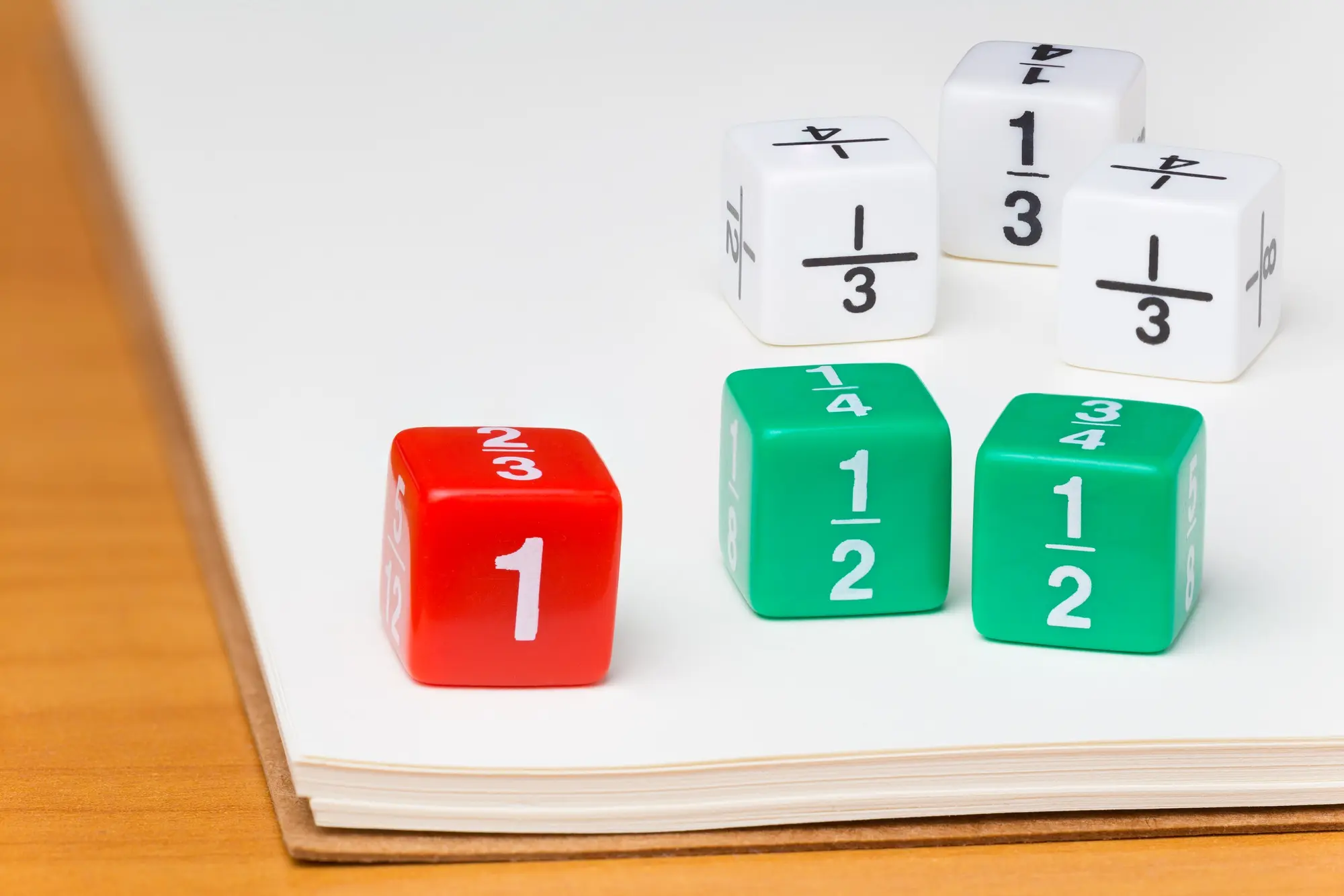
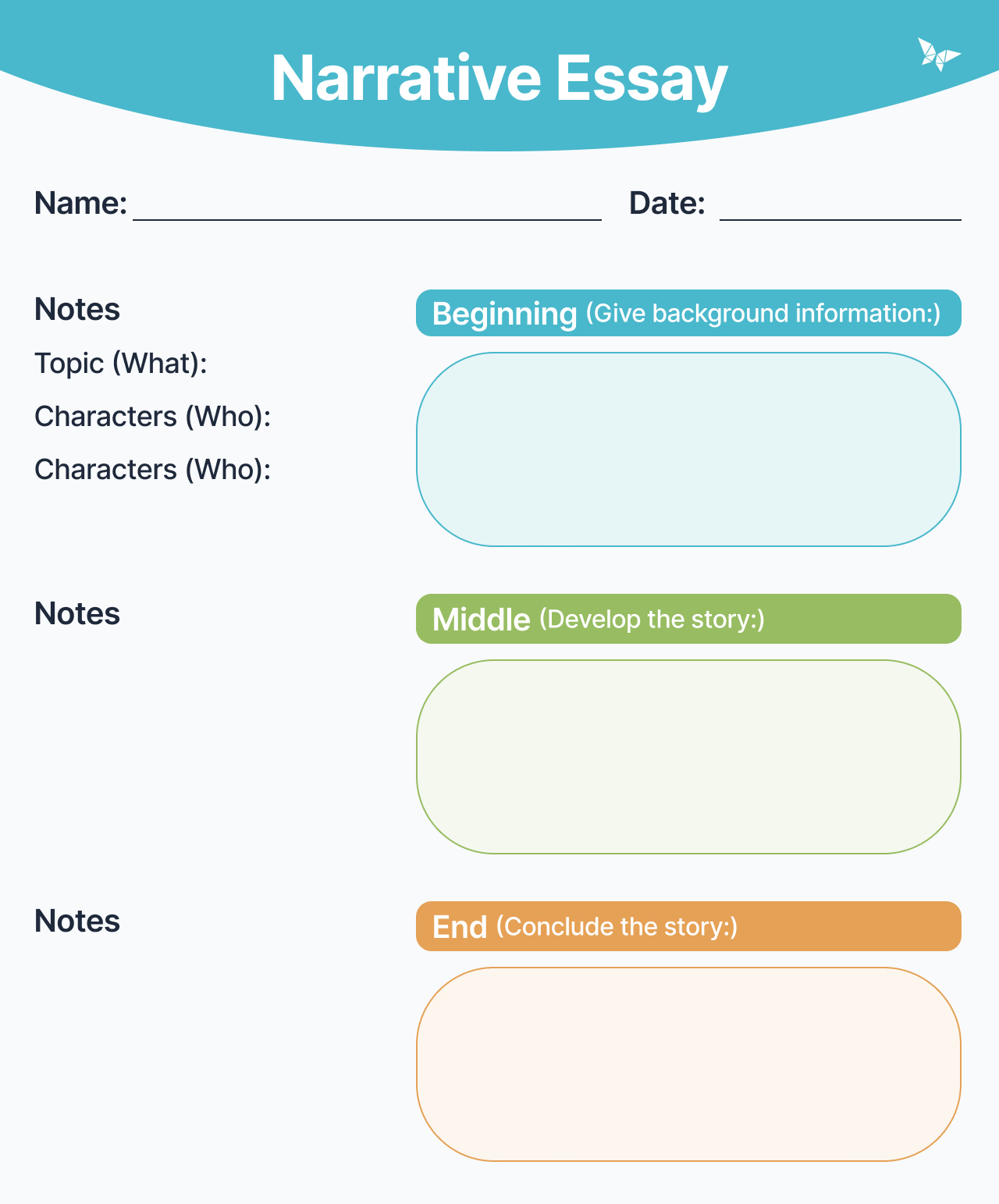
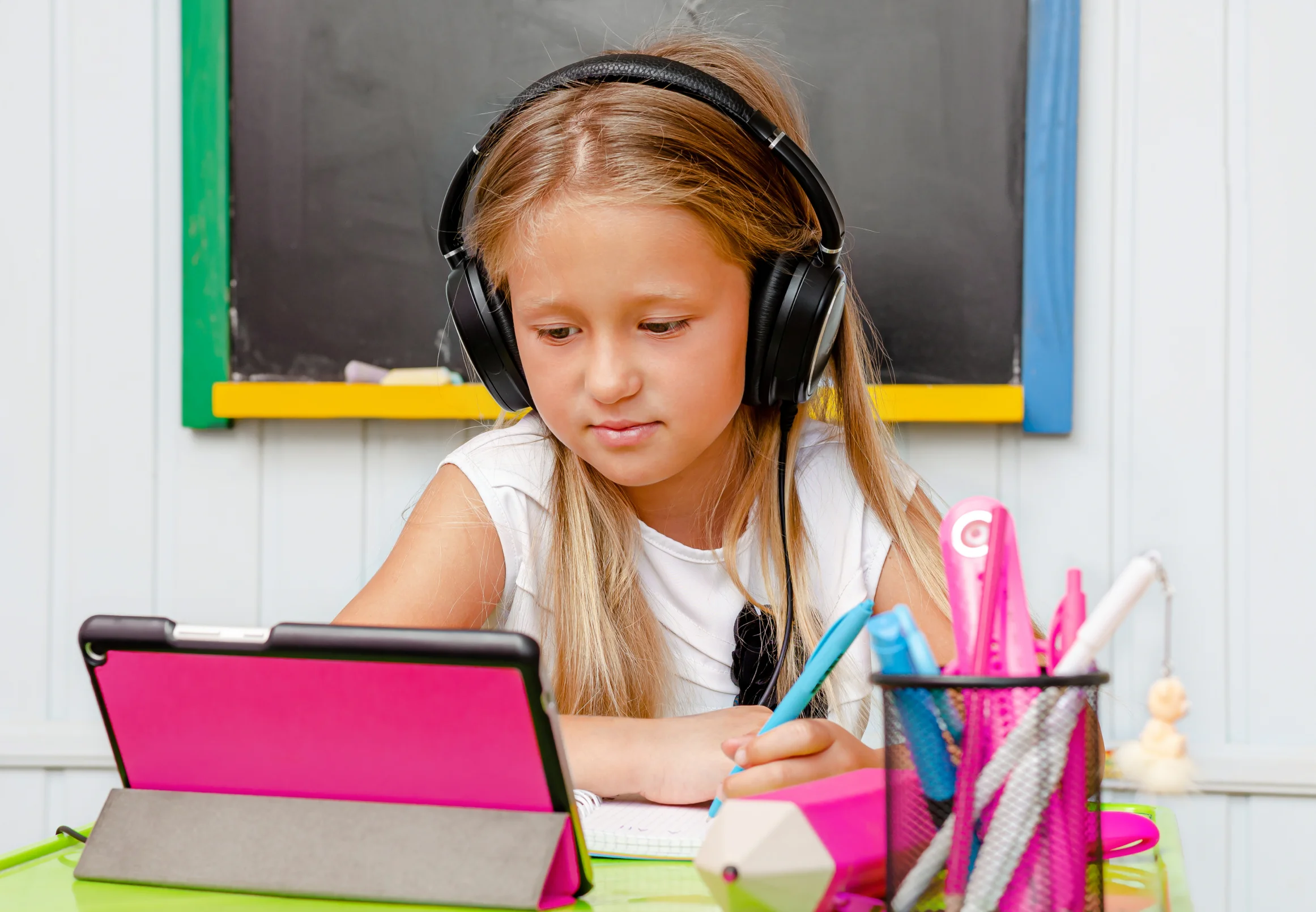





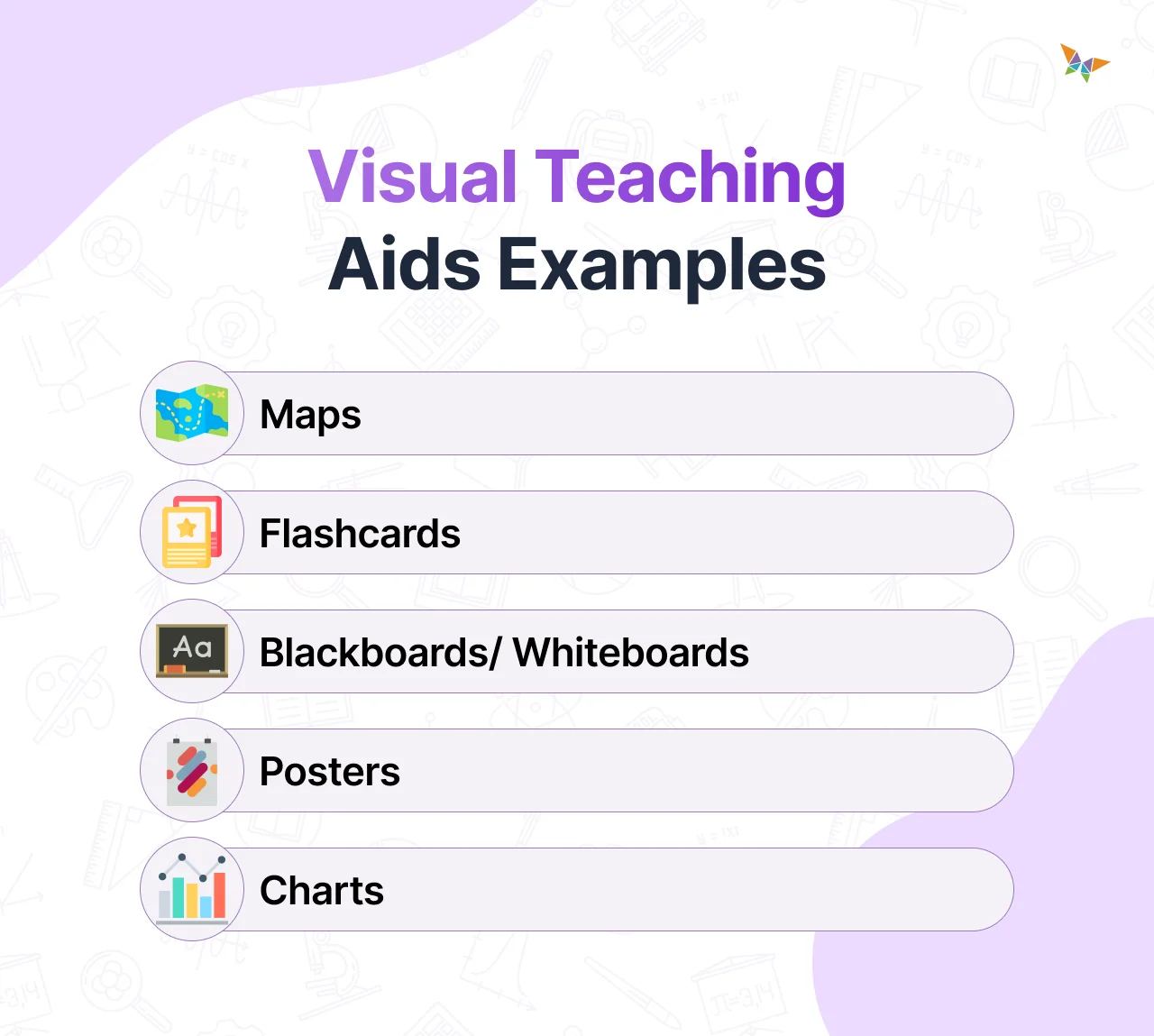
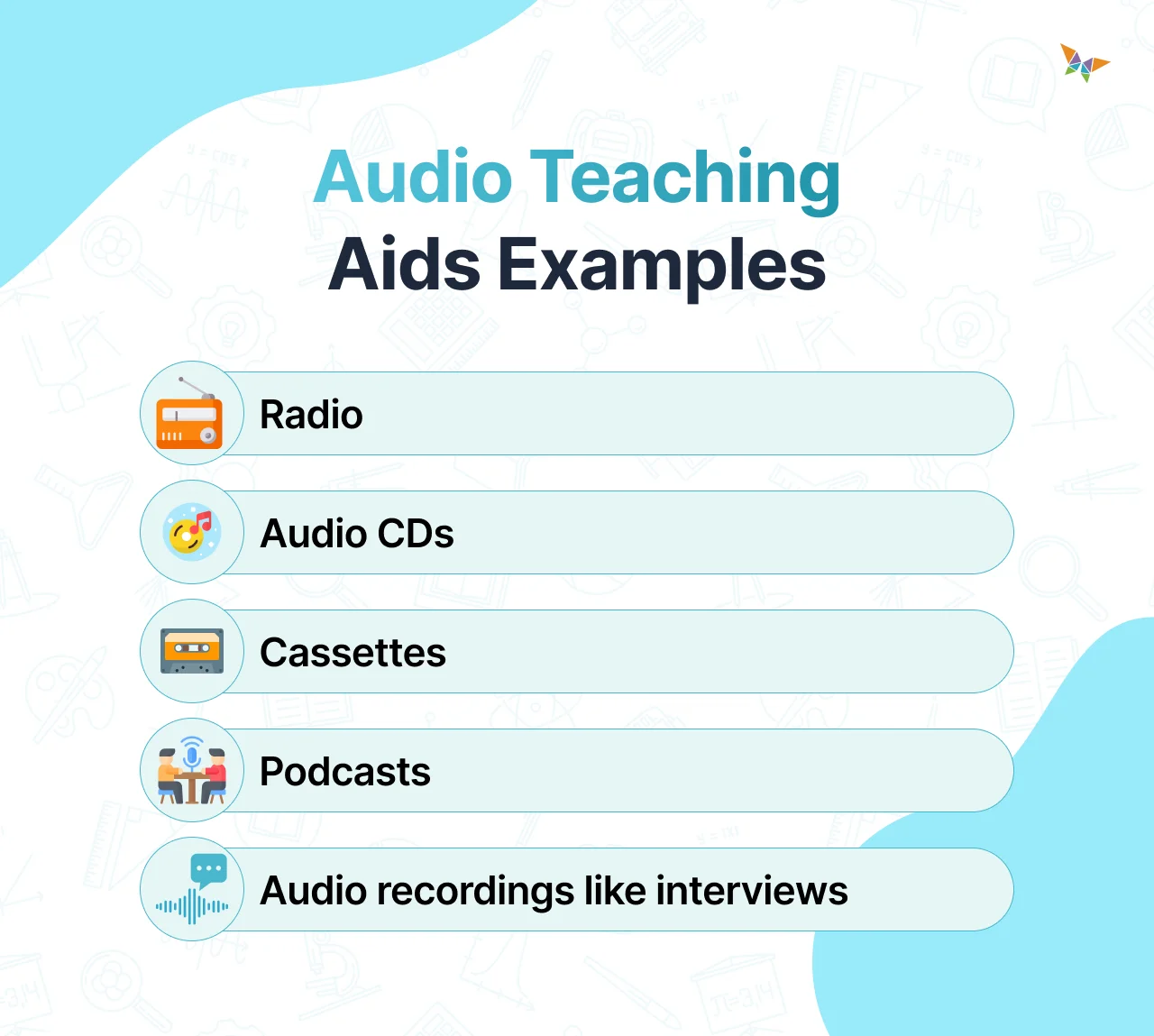
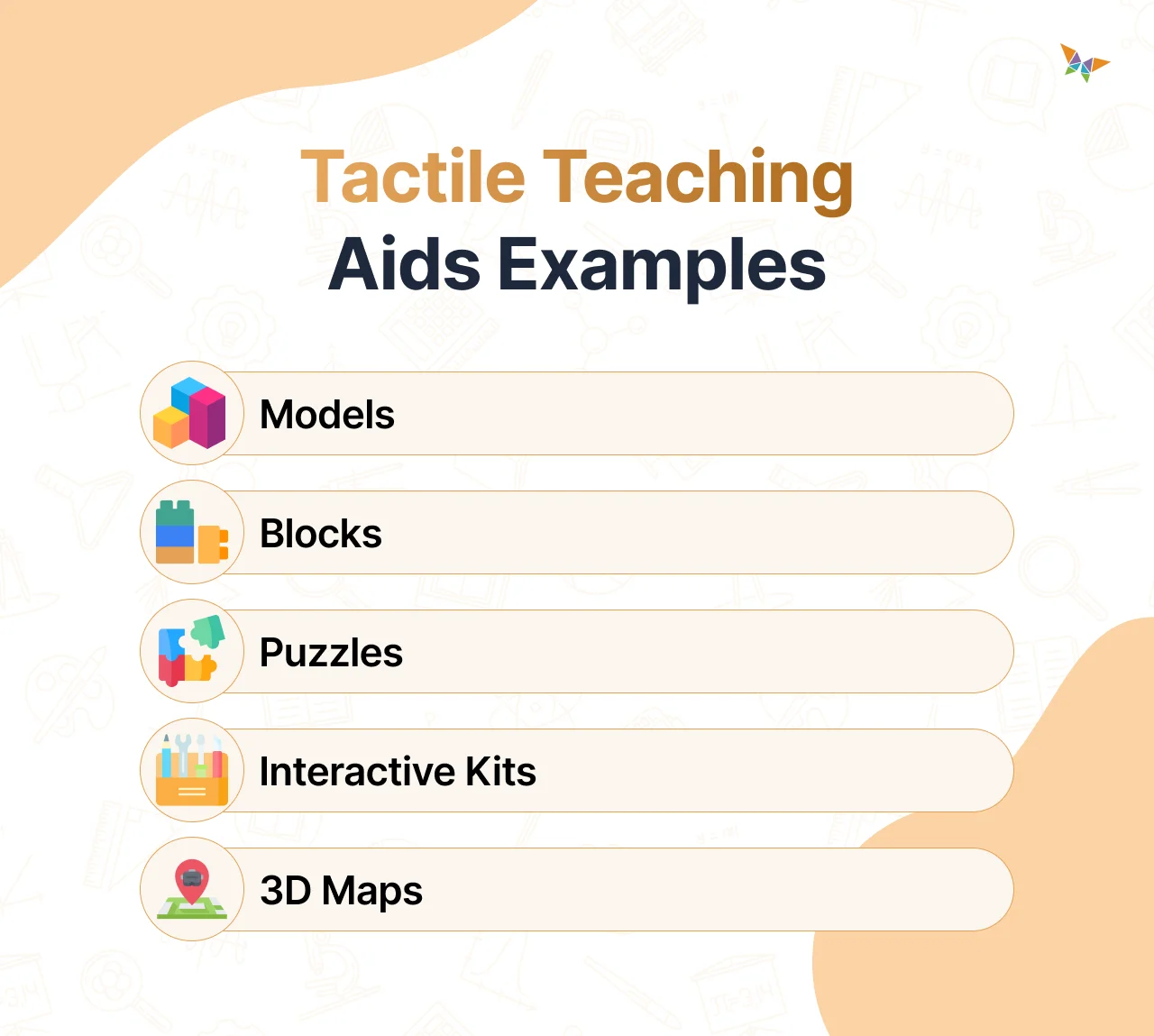

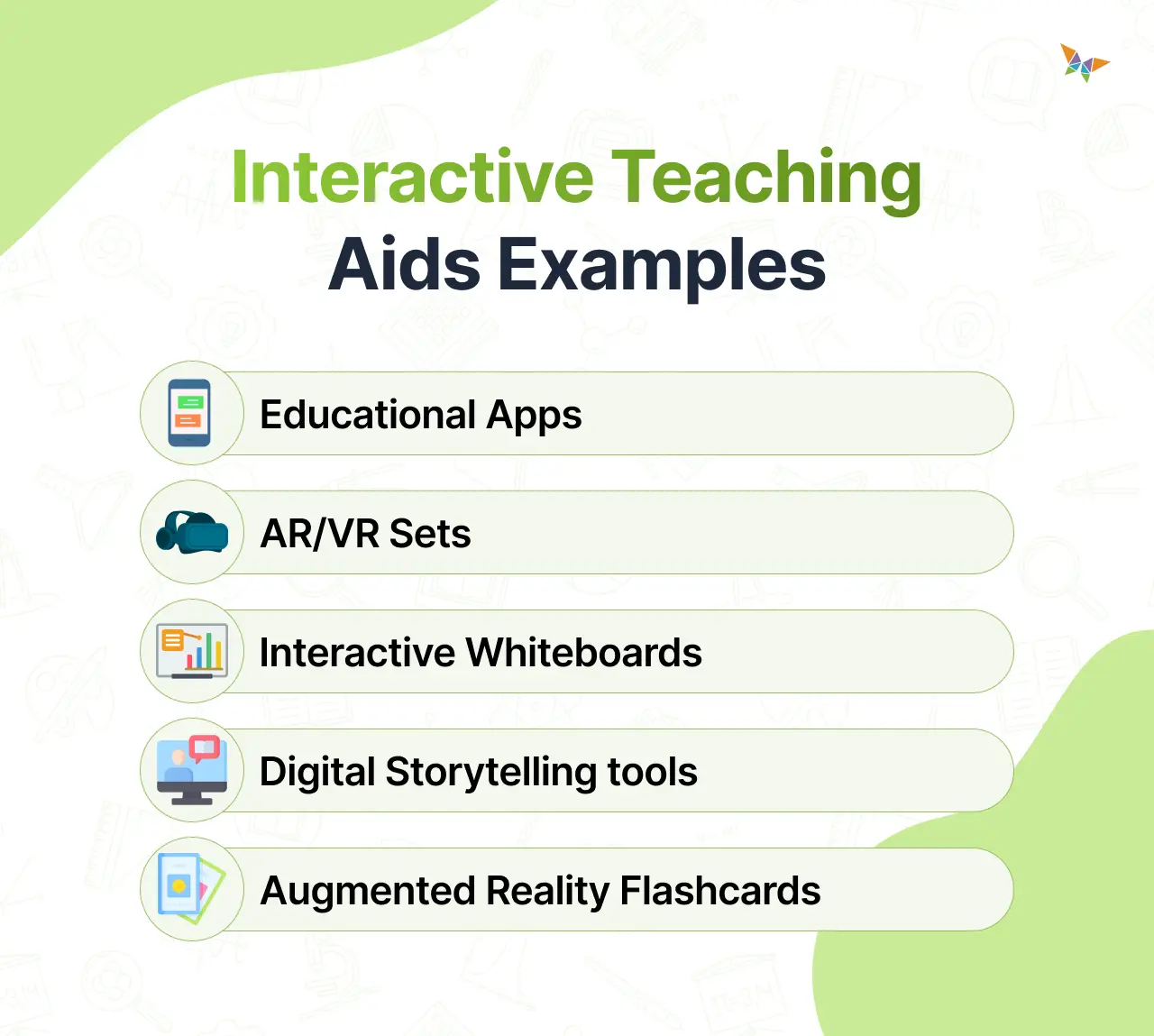
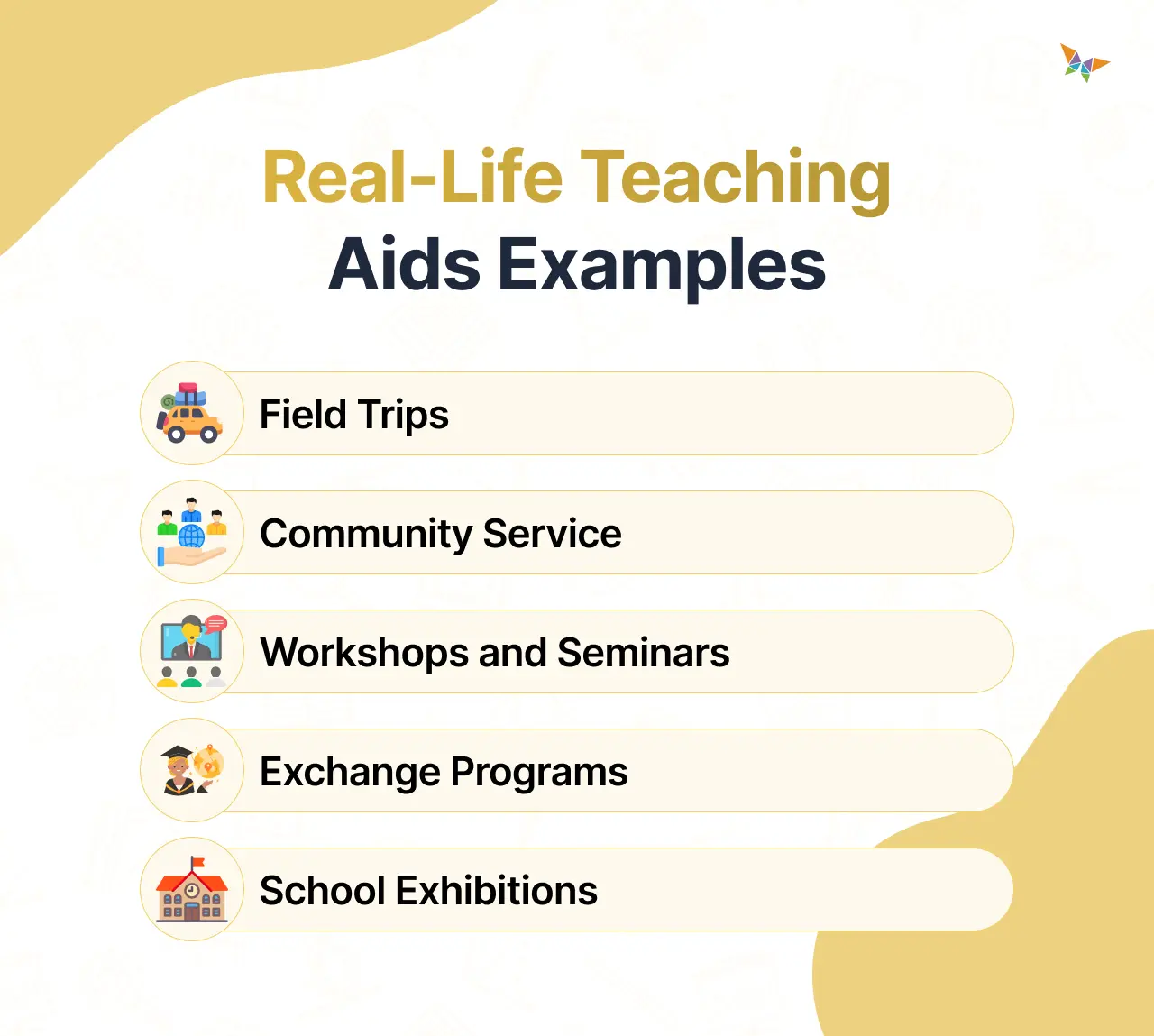
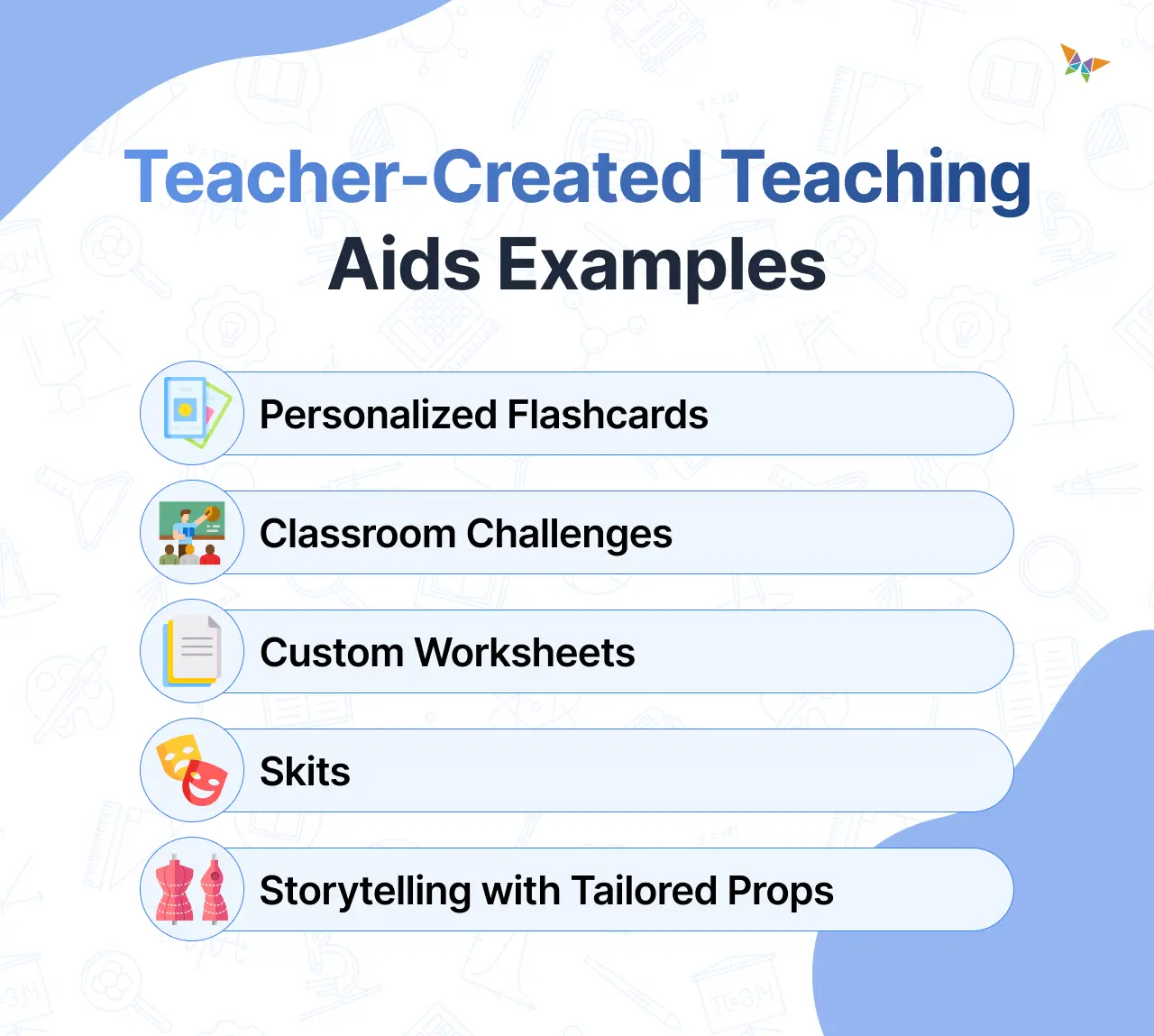

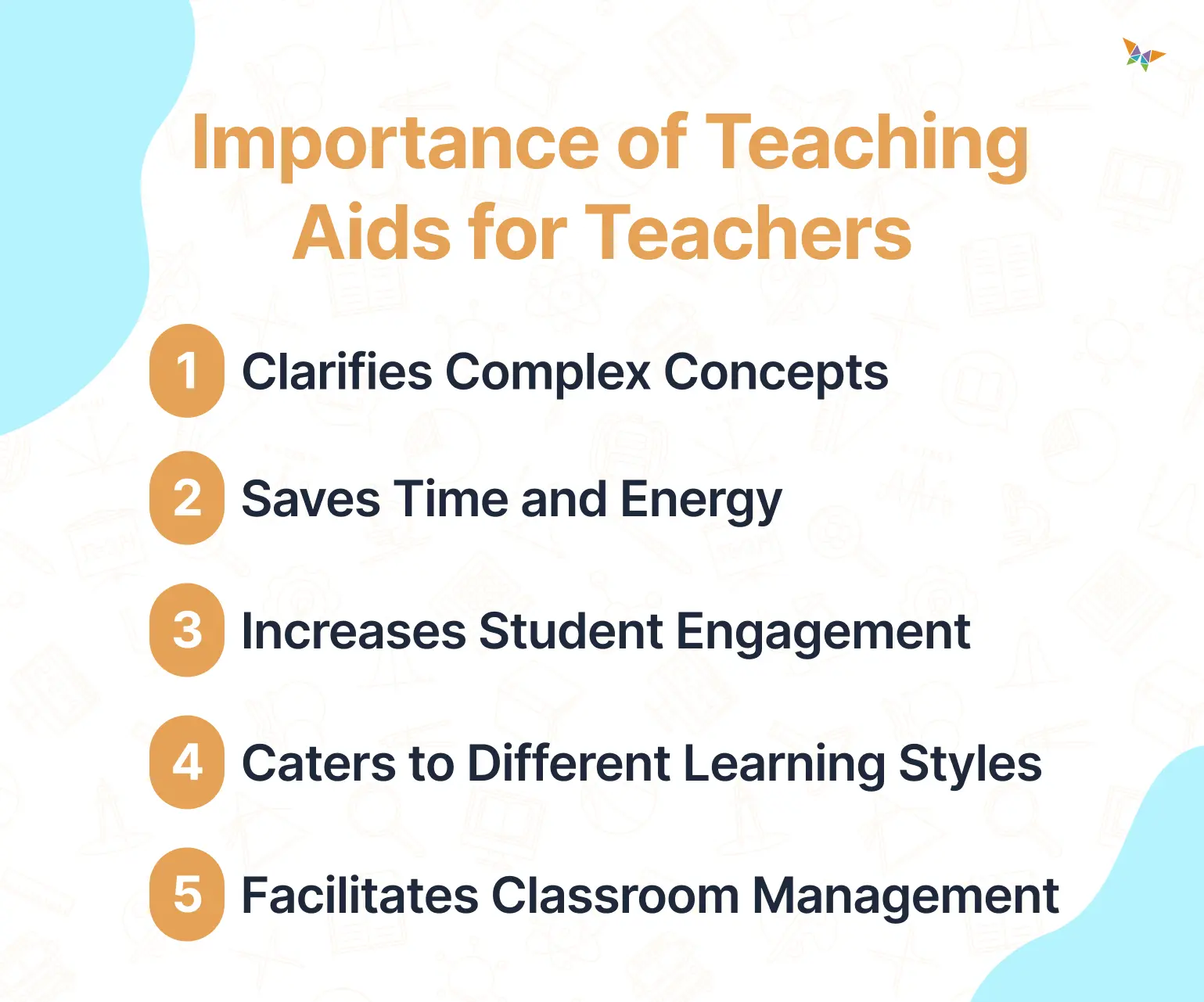




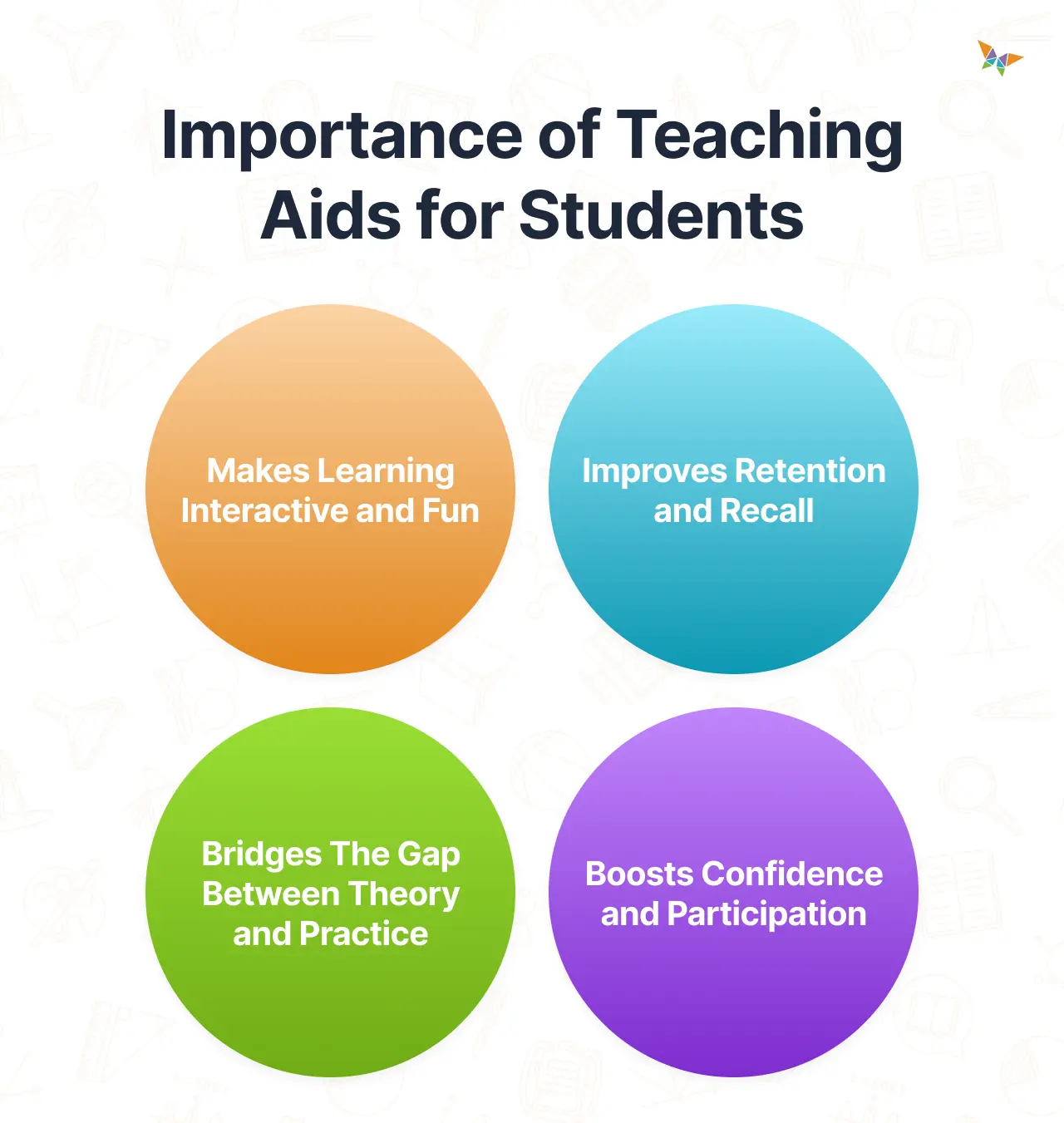
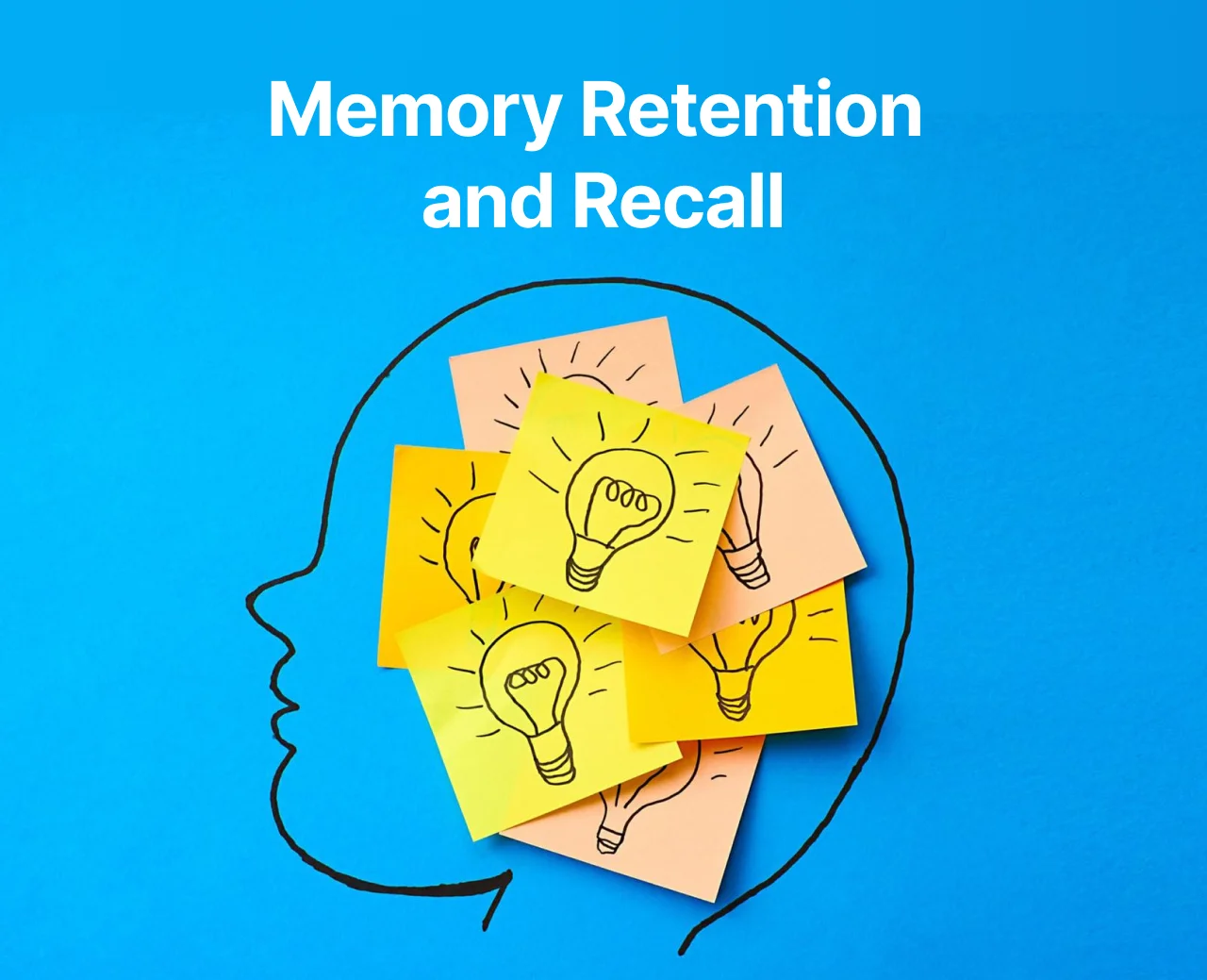
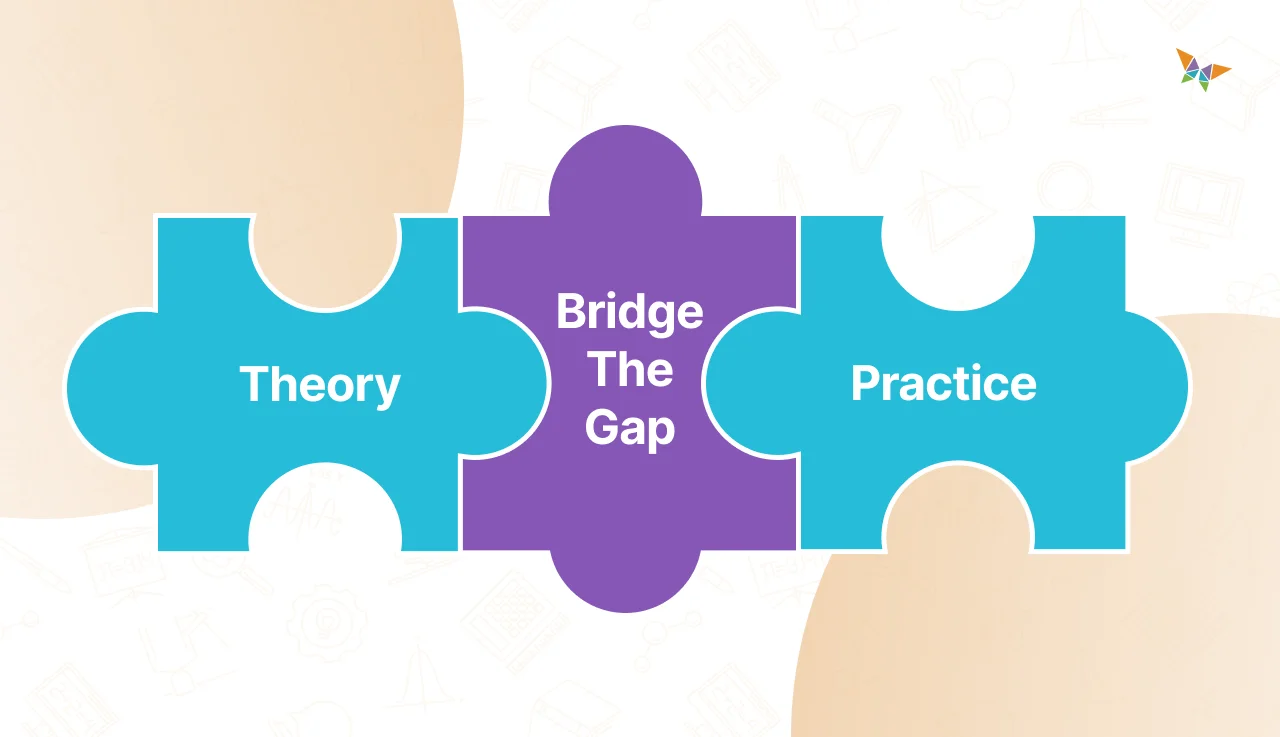


.gif)








